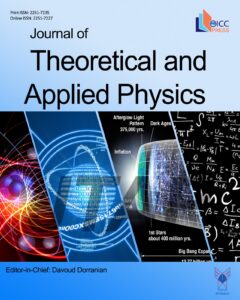Investigation of the optimal material type and dimension for spallation targets using simulation methods
Authors
Abstract
AbstractAccelerator-driven systems are extensively developed to generate neutron sources for research, industrial, and medical plans. Different heavy elements are utilized as spallation targets to produce spallation neutrons. Computational methods are efficiently utilized to simulate neutronic behavior of a spallation target. MCNPX 2.6.0 is used as a powerful code based on Monte Carlo stochastic techniques for spallation process computation. This code has the ability to transport different particles using different physical models.In this paper, MCNPX has been utilized to calculate the leaked neutron yield from Pb, lead-bismuth eutectic (LBE), W, Ta, Hg, U, Th, Sn, and Cu cylindrical heavy targets. The effects of the target thickness and diameter on neutron yield value have been investigated via the thickness and diameter variations between 5 to 30 cm and 5 to 20 cm, respectively. Proton-induced radionuclide production into the targets as well as leaked neutron spectra from the targets has been calculated for the targets of an optimum determined dimension. The 1-GeV proton particle has been selected to induce spallation process inside the targets. The 2-mm spatial FWHM distribution has been considered for the 1-mA proton beam.Uranium target produced the highest leaked neutron yield with a 1.32 to 3.7 factor which overweighs the others. A dimension of 15 × 60 cm is suggested for all the cylindrical studied spallation targets. Th target experienced the highest alpha emitter radionuclide production while lighter elements such as Cu and Sn bore the lowest radiotoxicity. LBE liquid spallation target competes with the investigated solid targets in neutronic point of view while has surpass than volatile liquid Hg target.



